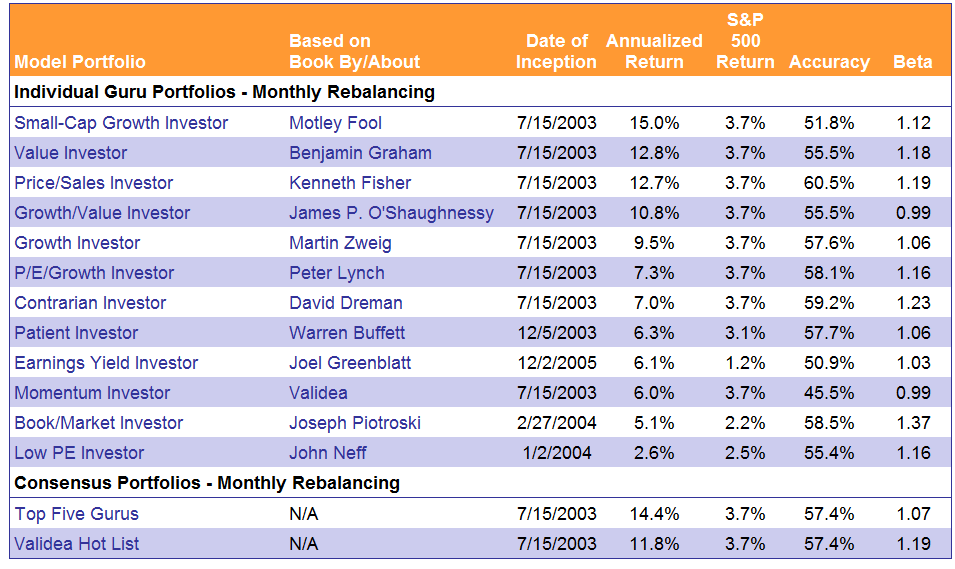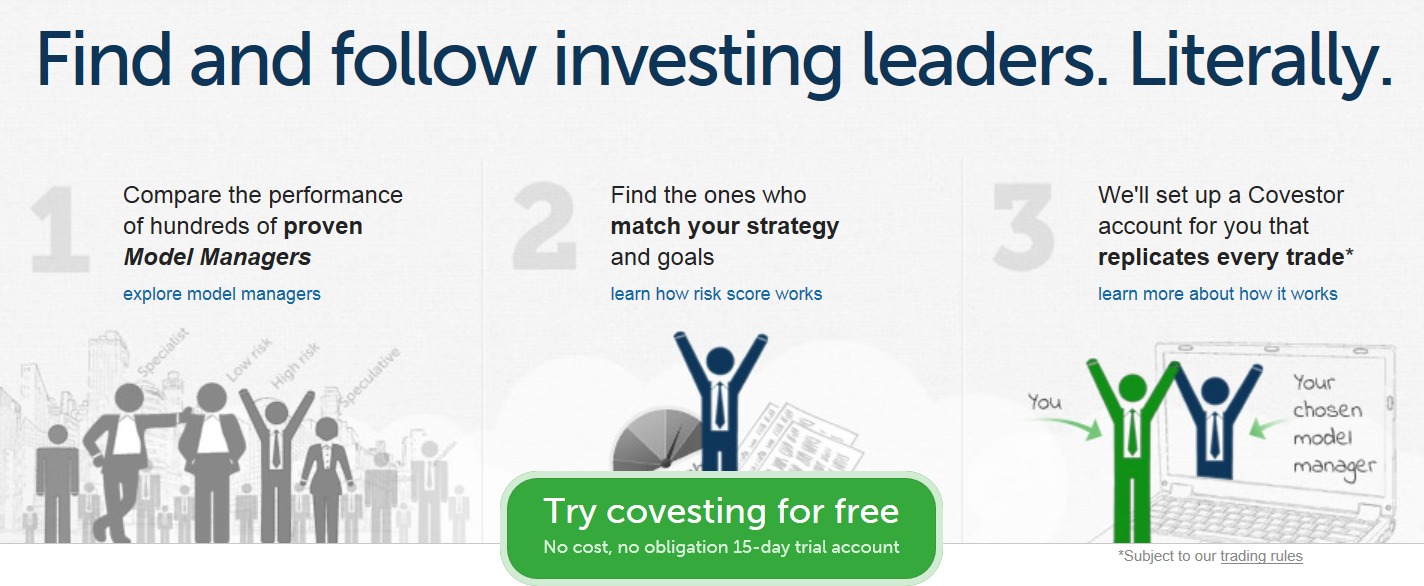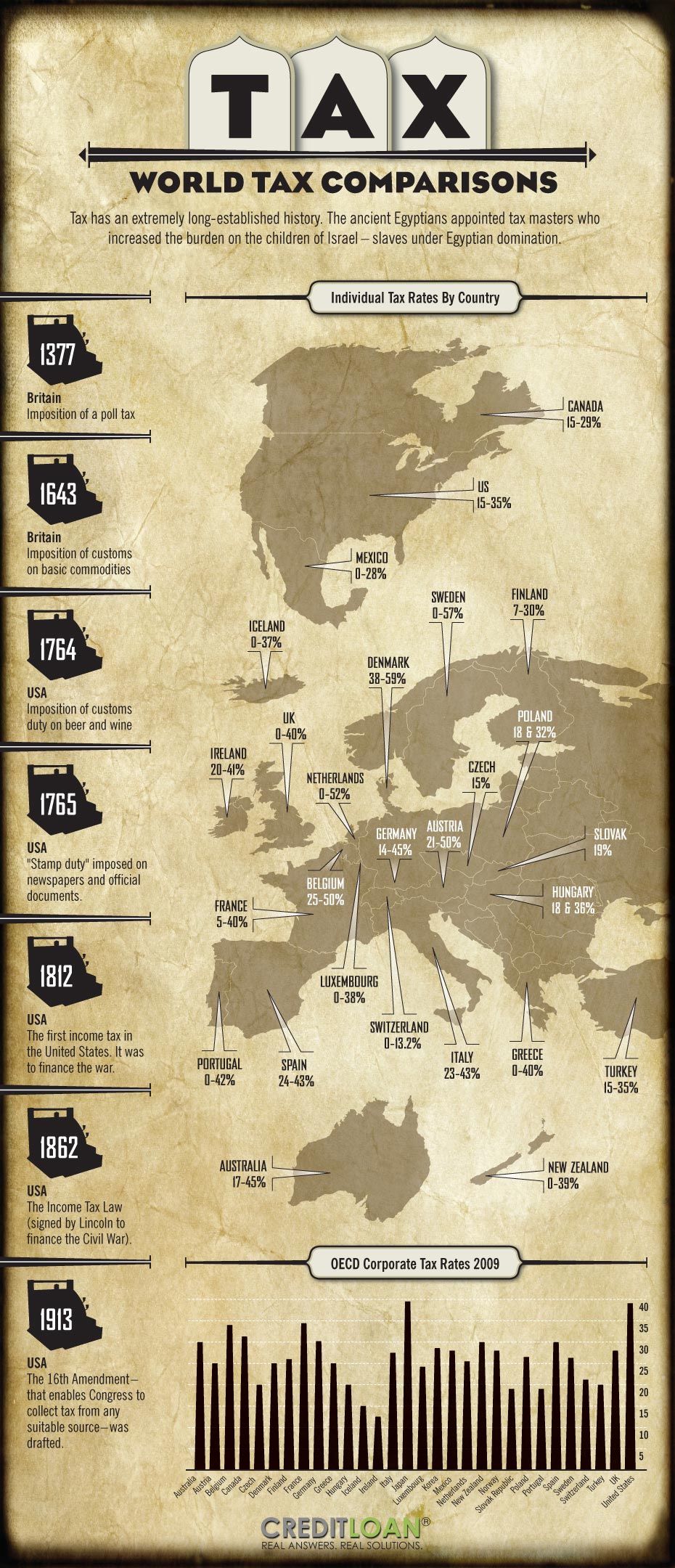by Michael Tarsala
Successful “follow the leader” investing — where you follow the actions of a market professional — goes beyond picking the right manager. It may also depend on choosing an investment vehicle that can quickly mirror your chosen manager’s actions in the market.
And on that front, some approaches are a lot better than others.
The latest Thomson Reuters research offers some great insight:

Source: Thomson Reuters Alpha Now
You would lose about 10% a year if you bought the same stocks that mutual funds and hedge funds did as soon as they disclosed their holdings, according to Thomson Reuters research. The reason: Their moves are made public as much as 45 days after the end of the quarter in which they were actually made.
If you knew in advance what those managers would do, however, the data suggest you would earn 47% a year.
Here’s the trouble: I am sure Warren Buffett is a nice guy. But he’s not going to tell you what he plans to buy and sell in advance. So that leaves you with several options on how to follow him, or anyone, for that matter.
Let’s take a look at the latest guru investing options, and one that may be coming down the pike soon:
1) Guru ETFs
One approach on the horizon is actively-managed guru ETFs. Global X Funds recently proposed a family of them. The plan is to replicate the publicly disclosed positions of the world’s largest hedge funds, based on quarterly regulatory filings of those investors with the SEC.
What could go wrong? If a hedge fund manager makes big shifts at the beginning of a quarter, those moves are not likely to be replicated until 45 days AFTER the quarter ends — about four-and-a-half months later. A lot can happen in the market in a matter of days, let alone more than a season. As the filing points out, a given hedge fund may have already sold its position by the time of the 13F filing.
2) Reverse-engineer the aggregate moves of managers
Thomson Reuters has a unique approach: It sells a data included in its StarMine offering that tracks stocks that tend to be attractive to a very broad swath of professional buyers. The table above, by the way, was compiled by the company to help promote StarMine.
Thomson Reuters says that its method of forecasting what investment managers will do returned nearly 24% annualized from 2000 to 2010. All in all, it appears to be a good way to find stocks favored by large institutions. But Thomson Reuters doesn’t market the data to individuals. It takes that data and sells that data back to those same institutions.
3) Find stocks with similar characteristics of ones previously picked by gurus
Validea.com lets you choose model portfolios based on the types of stocks its models say would be picked by famous investors including Buffett, and ones from the past such as Benjamin Graham. All but one of the 14 “guru” portfolios with a 10-stock portfolio have beaten the S&P 500’s return since it began tracking performance in 2003.

Source: Validea.com, 3/9/2012
The performance Validea cites, however, is not based on actual trading, and all of the fees that involves. Its subscribers are responsible for executing their own trades. So their individual performance will vary. Plus, it’s potentially a whole lot of work, depending on the portfolio size (subscribers choose between 10 or 20-stock portfolios), and how often the model swaps stocks in and out. Validea says there is typically 40 to 60% portfolio turnover a month.
In case you were wondering, the “accuracy” metric Validea uses in the table above is the percentage of stocks that contribute positively to a portfolio since inception — not a measure of how closely a model portfolio tracks expert picks.
4) Trade alongside managers in near-real time
Then there’s the Covestor approach. It’s one of the few services that addresses the real reason why you can’t match the performance of professionals — holding delay. We let you choose from 45 different professional managers. Their trades are mirrored in your Covestor account, pretty much as they are making them. All the fees are set by the model managers, and are plainly cited.
Unlike Validea.com, we are a registered investment adviser, which means all of the trade replication and execution is done by someone else, not you.

Most of the Covestor managers are not famous, mind you. But you can find professionals with a track record and a range of risk tolerances and strategies, including income-based dividends, fundamental, sector-specific, quant and technical approaches.
Bottom line: Choose your investments wisely. And if you do plan to follow a leader, consider a method that lets you follow their moves as closely as possible.



